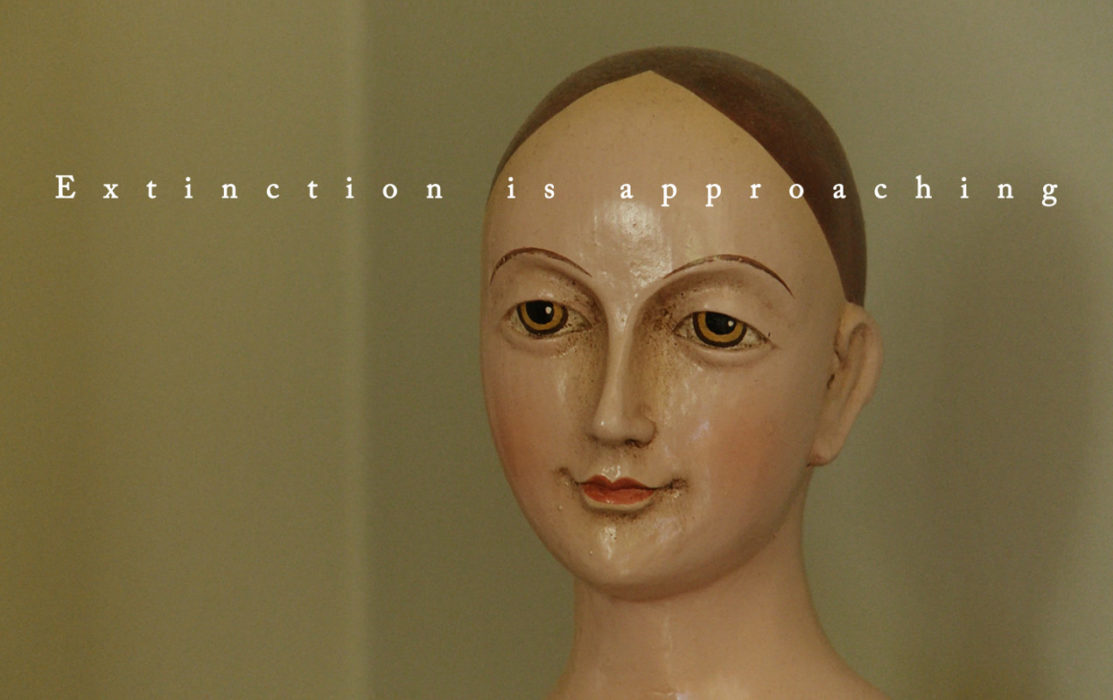A Strange New Beauty
“I’m safe. I don’t have to flee my home.” Over the images of an upmarket house, voices, sounds and text give rise to a feeling of disquiet, filling once again the empty rooms with the world’s clatter and questions.
In an upmarket house surrounded by an idyllic garden, there is no trace of human presence, even though a family obviously lives there. Voices, sounds and superimposed text create a feeling of disquiet whose origin continually escapes us. “A house can feel pain”… Playing on a doubling of vignettes against a black background or on a sound design that brings the offscreen world to life, Shelly Silver resuscitates the memory of this space, if only because a “house is a subconscious… a body…” And what if all this opulence and comfort were based on the exploitation of others? Several voice-overs tug the spectator in two directions: the spur to self-fulfilment and the insistence of an awareness that cannot turn a deaf ear to the tumult of a world home to 7.5 billion people. The film draws its discreetly convulsive “strange new beauty” from the way it instils in these marbled interiors an animality that is less and less easy to repress. The stag antlers set in a large stone vase convey the macabre burden of the hunt. A past is lurking there, “a wolf at the door”, shouts, the memory of a less happy time when war knocked at the window. The sharpness of the framing, which focuses our attention on detail, transforms the commonplace into an open wound – an armless statue, once extirpated from its conventional disability, bears the trace of a real mutilation. Fragment after fragment, savagery – our own – irremediably bursts in upon civilisation, undermining once and for all its peace of mind. (Charlotte Garson)
Shelly Silver
Shelly Silver
Sheily Silver
Sheily Silver
Sheily Silver





